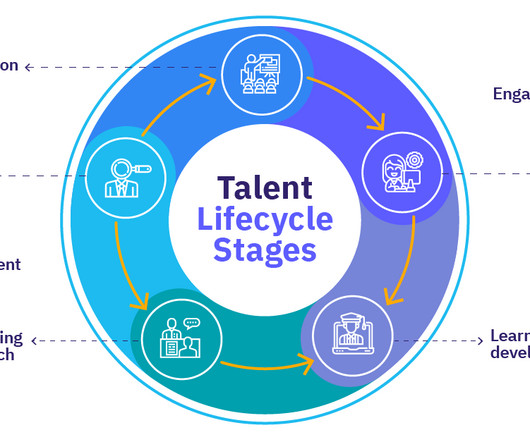Employee development: Why it matters and how to get started
Achievers
JANUARY 31, 2024
But even organizations that attract and retain the best talent available won’t have perfect alignment between employees’ capabilities and organizational requirements — especially as time goes on and new trends and opportunities emerge.

























Let's personalize your content